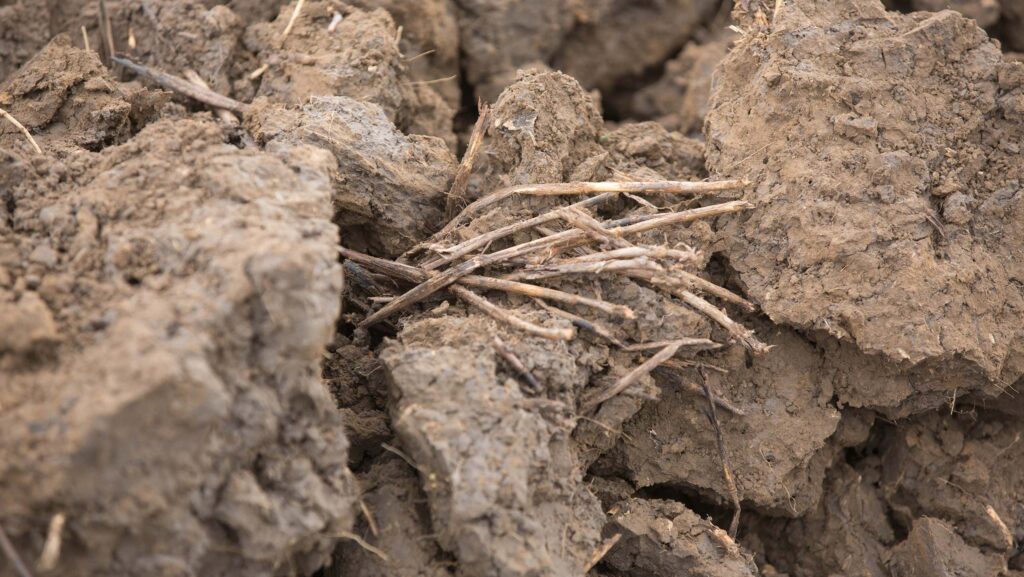Expert advice to improve soil fertility post-harvest
 © Tim Scrivener
© Tim Scrivener As harvest wraps up across the country, farmers are turning their attention to autumn crop nutrition and soil organic matter levels, where the use of a soil conditioner could help improve post-harvest soil fertility.
One simple way to maximise existing organic matter is to make use of crop residues, ensuring a quick and complete breakdown, explains David Newton, technical product manager at crop nutrition manufacturer Timac Agro UK.
“Crop residues provide a fantastic source of nutrients to our soils and help maintain their structure, adding to organic matter reserves at the same time as releasing valuable nutrients,” he says.
See also: What to consider if tempted to drill winter wheat early
However, straw has a naturally high carbon to nitrogen (C-N) ratio, which requires microbial decomposers to secure an extra supply of nitrogen to break down in the first place, at the expense of the following crops.
David suggests integrating a soil conditioner into nutritional plans to aid the breakdown of the organic material and enhance mineralisation.

David Newton © Timac Agro UK
“In soils with a good level of organic matter, or where high C-N ratio material is present, such as straw, sawdust or woodchip, a soil conditioner will help to reduce the nitrogen deficit,” he adds.
Mineralisation converts essential nutrients, such as nitrogen, phosphorus and potassium, from complex organic forms into inorganic minerals that the plant can absorb.
“Traditionally, you’d have to apply around 30-35kg/ha of nitrogen to stubbles to overcome N-deficit caused by breaking down highly fibrous material,” he says.
Because autumn nitrogen application is prohibited on most stubbles, except certain crops such as oilseed rape, this microbial boost needs to be sourced elsewhere.
He recommends seaweed-based soil conditioners packed full of microbial feedstuffs, along with marine calcium, which support the breakdown of organic matter.
“It helps mineralise nitrogen already in the soil, making it available for the following crop, while making phosphorus more soluble to stimulate early root growth once the next crop is in the ground,” he says.
“In trials, we’ve seen situations where nitrogen use can be reduced by over 50kg/ha when using our seaweed product Humistart+, in addition to the wider benefits of using a soil conditioner.”
On top of this, David notes that as organic matter breaks down, it fuels microbial activity which is vital for nutrient cycling, disease resilience and overall soil fertility.

